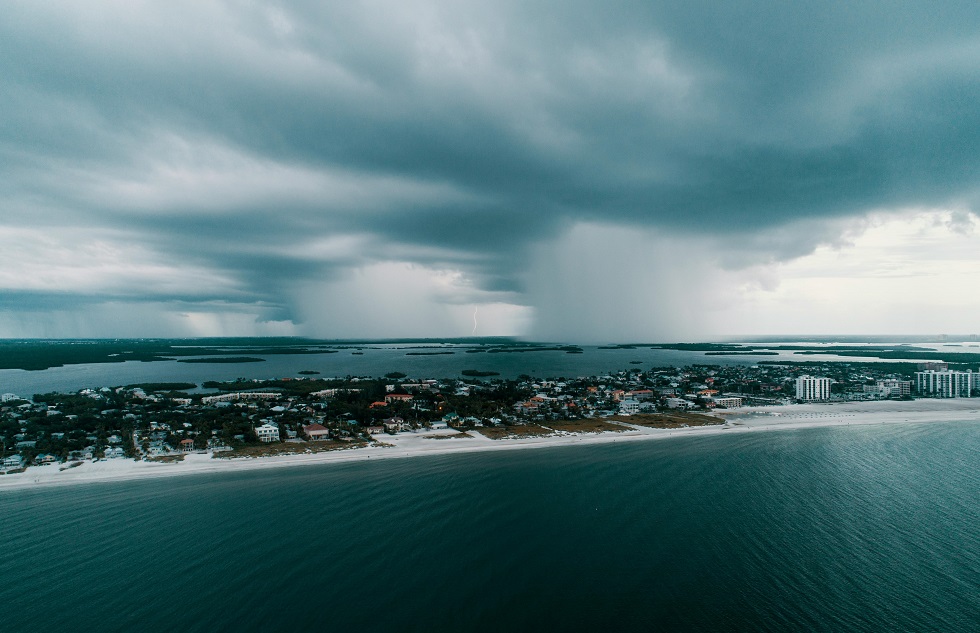Florida is renowned for its beautiful beaches, vibrant culture, and, unfortunately, its frequent encounters with hurricanes. The state’s unique geographical location and climate conditions make it particularly vulnerable to these powerful storms.
Florida’s position on the southeastern coast of the United States, surrounded by warm waters of the Atlantic Ocean and Gulf of Mexico, creates an ideal environment for hurricane formation and intensification. These warm waters provide the energy needed for tropical systems to develop and strengthen as they approach the Florida peninsula.
The state’s elongated shape and extensive coastline also contribute to its hurricane vulnerability. With over 1,300 miles of coastline, Florida presents a large target for storms moving across the Atlantic or Gulf. This expansive shoreline increases the likelihood of a hurricane making landfall somewhere along the state’s perimeter, affecting coastal communities and inland areas alike.
If you suffered property damage as a result of a hurricane in Florida, the Landau Law Group is here to help. Contact us today for a free case consultation.
Geographical and Atmospheric Factors
Florida’s unique geography and atmospheric conditions contribute significantly to its vulnerability to hurricanes. These factors create an environment conducive to tropical cyclone formation and intensification.
Florida’s Location and Topography
Florida’s peninsular shape extends into warm tropical waters, making it a prime target for hurricanes. The state’s low-lying coastal areas and extensive shoreline increase its susceptibility to storm surge and flooding.
Florida’s flat terrain offers little resistance to incoming storms, allowing them to maintain strength as they move inland. The lack of mountainous barriers means hurricanes can affect large portions of the state simultaneously.
The Sunshine State’s proximity to the Caribbean Sea and Gulf of Mexico places it in the path of many developing tropical systems. These warm bodies of water serve as breeding grounds for hurricanes during the Atlantic hurricane season.
Ocean Currents and Sea Surface Temperatures
Warm ocean currents play a crucial role in Florida’s hurricane frequency. The Gulf Stream, a powerful warm current, flows along the state’s eastern coast, providing energy to approaching storms.
Sea surface temperatures around Florida often exceed 80°F (26.7°C) during hurricane season. This warmth fuels tropical cyclones, supplying the heat and moisture necessary for their formation and intensification.
Climate change has led to increasing sea surface temperatures, potentially enhancing hurricane strength and frequency in the region. Warmer waters can support more powerful storms for longer periods.
Atmospheric Winds and Pressure Systems
Prevailing wind patterns often steer hurricanes toward Florida. The Bermuda High, a semi-permanent high-pressure system in the Atlantic, frequently directs storms westward toward the state.
Trade winds in the tropics push developing storms across the Atlantic, setting them on a collision course with Florida. These consistent easterly winds can propel hurricanes directly into the state’s coastline.
Upper-level wind patterns, such as the jet stream, influence hurricane movement. When these winds are weak, storms can linger over Florida, causing prolonged damage and flooding.
Low-pressure systems in the Gulf of Mexico can draw hurricanes northward, increasing the likelihood of impacts on Florida’s western coast. These systems can also enhance rainfall and wind speeds as storms approach.
Historical Hurricane Impacts on Florida
Florida’s history is marked by numerous devastating hurricanes that have shaped its landscape, economy, and disaster preparedness strategies. These storms have left lasting impacts on the state’s infrastructure, communities, and natural ecosystems.
Significant Hurricanes in Florida’s History
The Labor Day Hurricane of 1935 stands out as one of the most powerful storms to hit Florida. It struck the Florida Keys with winds of 185 mph, causing 408-600 deaths. This Category 5 hurricane remains one of the strongest ever recorded in the Atlantic basin.
Hurricane Andrew in 1992 was another catastrophic event. It made landfall near Homestead as a Category 5 storm, destroying over 63,000 homes and causing $26.5 billion in damage. Andrew’s impact led to major changes in building codes and hurricane preparedness.
In 2004, Florida faced an unprecedented hurricane season. Four major hurricanes – Charley, Frances, Ivan, and Jeanne – struck the state within six weeks, causing widespread destruction and economic losses.
Economic and Ecological Effects
Hurricanes have had profound economic impacts on Florida. Property damage from storms has often reached billions of dollars. Hurricane Irma in 2017 caused an estimated $50 billion in damage across the state.
These storms also disrupt tourism, a key industry for Florida’s economy. Beaches erode, attractions close, and visitors cancel trips, leading to significant revenue losses.
Ecologically, hurricanes reshape Florida’s coastlines and wetlands. They can destroy habitats, alter water salinity, and impact wildlife populations. However, they also play a role in natural processes, such as seed dispersal and wetland renewal.
Disaster Preparedness and Response
Florida’s frequent hurricane encounters have led to advanced preparedness measures. The state has implemented strict building codes to improve structural resilience against high winds and flooding.
Evacuation plans have been refined over the years. Florida now uses a coordinated system of evacuation zones and routes to manage large-scale population movements during hurricane threats.
The state has also improved its emergency response capabilities. It maintains a well-equipped Emergency Operations Center and coordinates closely with federal agencies like FEMA for disaster relief efforts.
Public education campaigns have become a crucial part of Florida’s hurricane preparedness strategy. Residents are regularly informed about hurricane risks, evacuation procedures, and how to secure their properties.
Florida Hurricane Damage? Contact Landau Law
Hurricanes can strike Florida with devastating force, leaving behind significant property damage. When faced with hurricane-related destruction, Landau Law is here to assist Florida residents in managing their insurance claims.
Our firm specializes in helping clients navigate the complexities of hurricane damage insurance claims. With extensive experience in Florida’s property insurance laws and policy language, our attorneys are well-equipped to guide you through the process.
Landau Law offers free case evaluations for those affected by hurricane damage, providing an opportunity to discuss your situation with no financial obligation.
The legal team at Landau Law works tirelessly to ensure fair compensation for hurricane victims. Whether you’re facing a denied claim or an unfair settlement, we’re here to help you challenge insurance company decisions.
Key services provided by Landau Law for hurricane damage claims include:
- Initial damage assessment
- Documentation of losses
- Policy review and interpretation
- Claim filing assistance
- Negotiation with insurance companies
- Legal representation if needed
If you’ve experienced hurricane damage, contact Landau Law to schedule a consultation. Our expertise in Florida property damage claims makes us a trusted resource for those dealing with the aftermath of a hurricane.
Florida Property Damage Lawyers
Property Damage Blog Posts
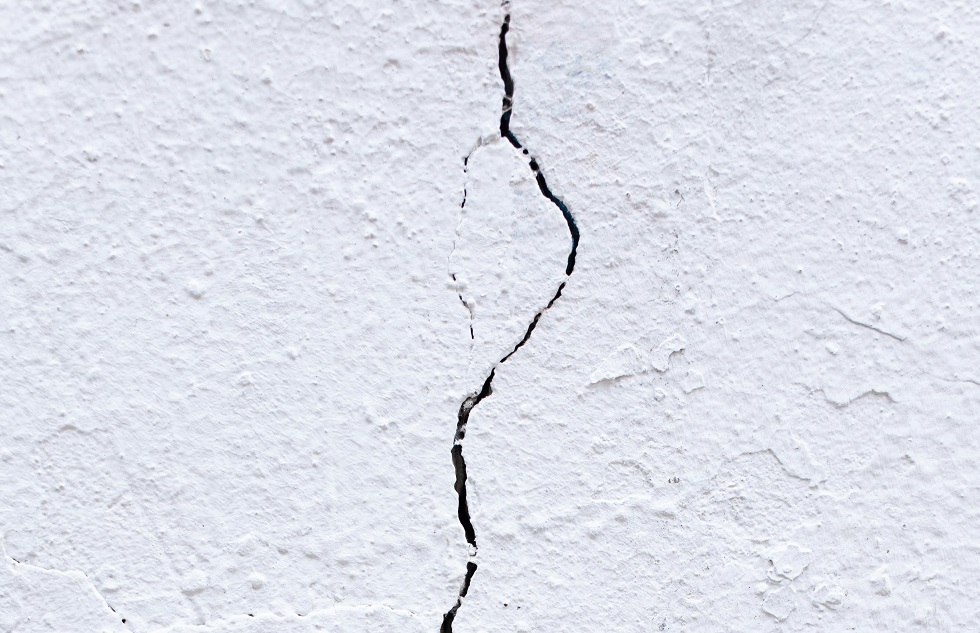
How Do Home Insurance Companies Determine Pre-existing Damage?
Home insurance companies employ various methods to assess pre-existing damage when evaluating property damage claims. This process is crucial for insurers to determine the validity and extent of coverage for property damage. Insurance adjusters conduct thorough visual...

Signs Your Insurance Adjuster Estimate Is Too Low
Insurance claims can be complex, and receiving an adjuster's estimate that seems too low is a common frustration for policyholders. Recognizing the signs of an undervalued estimate is crucial to ensure fair compensation for property damage or losses. Key indicators of...
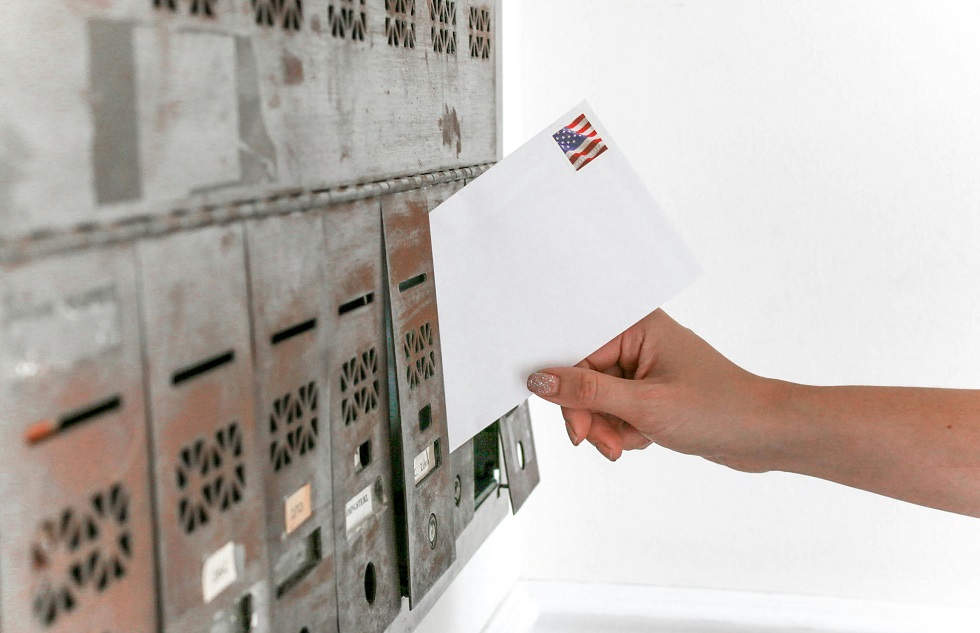
What To Do If You’re Denied Hurricane Damage Claim For Home
Hurricane damage can be devastating for Florida homeowners, leaving them in a state of distress and financial uncertainty. When insurance claims for such damage are denied, it adds another layer of stress to an already difficult situation. Facing a denied claim...
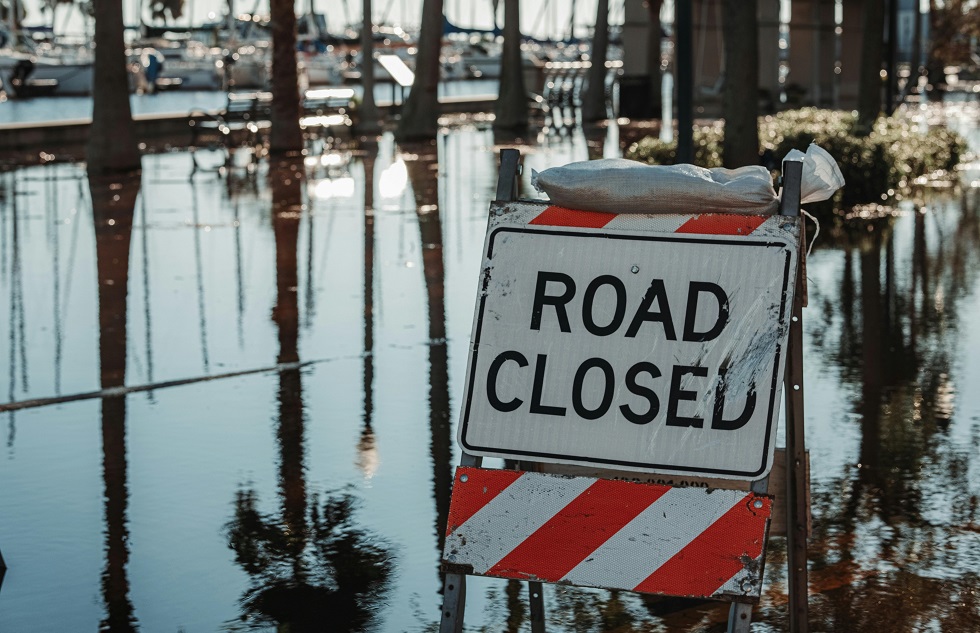
Guide To Documenting Damages For A Florida Flood Claim
Proper documentation of flood damage is crucial for a successful insurance claim in Florida. When floodwaters recede, homeowners face the daunting task of assessing and recording the extent of their losses. Thorough documentation, including photos, videos, and...

What To Do If You Disagree With A Home Insurance Adjuster
Dealing with a home insurance claim can be stressful, especially when you disagree with the adjuster's assessment. Many homeowners find themselves in this frustrating situation after experiencing property damage or loss. If you disagree with the insurance adjuster's...
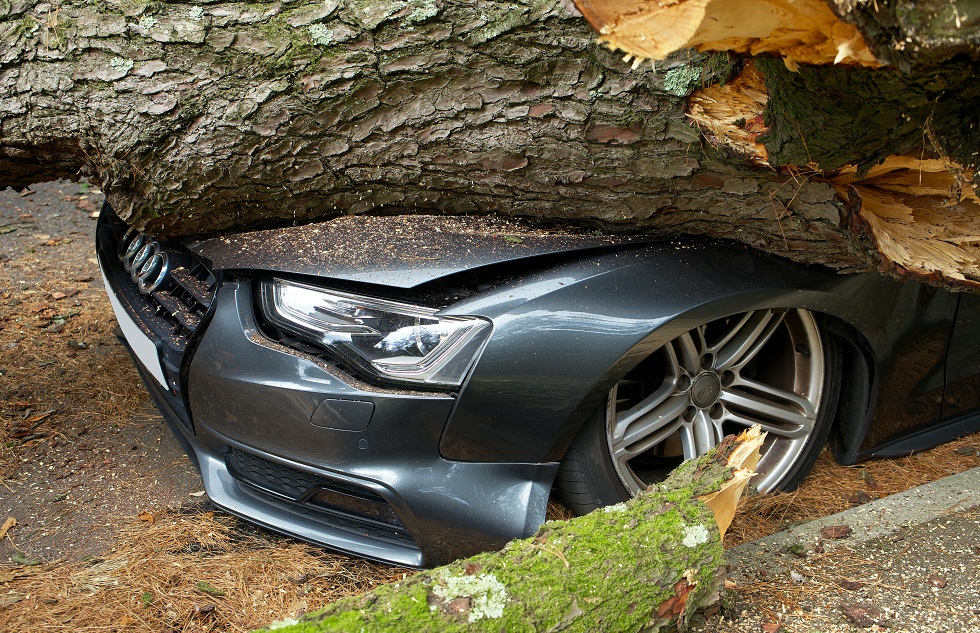
How To Sue Your Neighbor for Property Damage in Florida
Property damage disputes between neighbors can quickly escalate, turning once-friendly relationships sour. If you're facing significant property damage caused by a neighbor in Florida, legal action may be necessary to protect your interests and recover damages. In...

Common Reasons Your Florida Hurricane Damage Insurance Claim May Be Denied
Florida homeowners face a daunting challenge when their hurricane damage insurance claims are denied. Understanding the common reasons for these denials can help you navigate the claims process more effectively. Insurance companies may deny claims due to inadequate...

Before and After a Storm Hits: What You Need To Know
Property Insurance laws have changed and so has the language in most policies. Make sure you’re prepared before the next storm hits. Understanding how the law changes will impact you and knowing what your policy actually covers (and doesn’t) is critical. That’s why...




